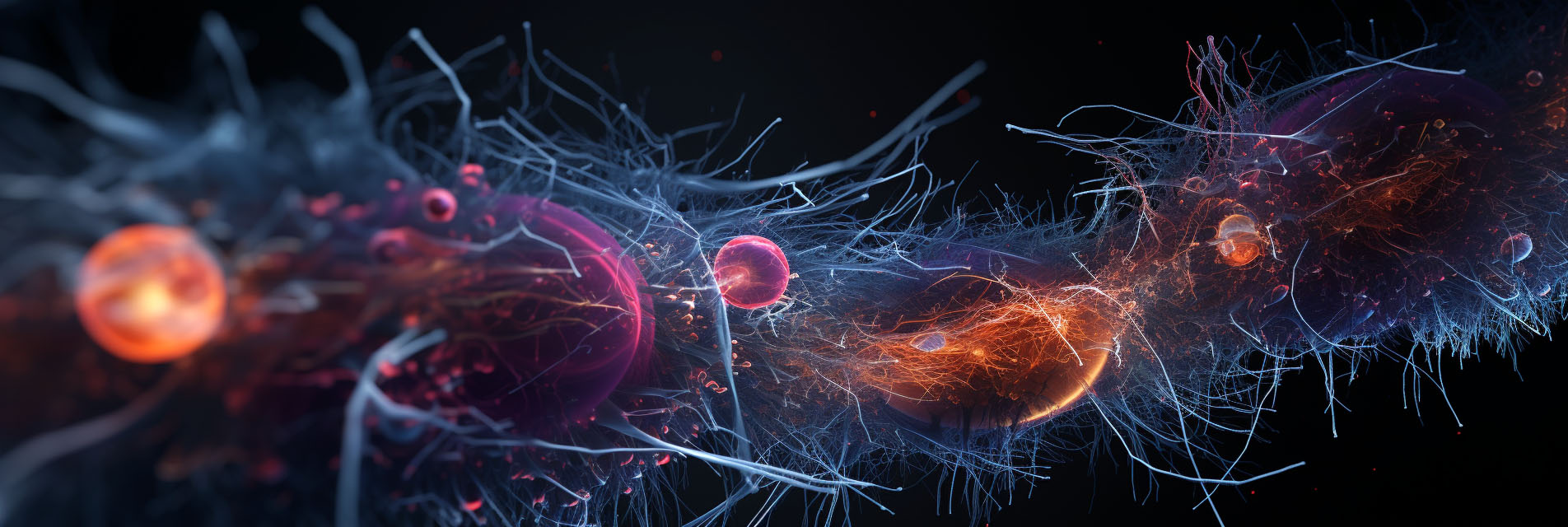

AI-infused technique selectively targets and examines specific features within samples, bypassing areas of repetition
Artificial intelligence (AI) holds the potential to significantly revolutionize the field of microscopy. By integrating AI algorithms with microscopy techniques, scientists can automate and enhance image analysis, allowing for the rapid identification of patterns and anomalies that might be easily overlooked by the human eye. Furthermore, AI can streamline data collection by intelligently targeting areas of interest, bypassing redundant or non-informative regions, thereby expediting research processes. Such advancements could lead to faster, more accurate results, paving the way for deeper insights into cellular structures, material behaviors, and other microscopic phenomena.
Announced October 4, 2023, harnessing the power of artificial intelligence (AI), researchers at the U.S. Department of Energy's Argonne National Laboratory have pioneered a self-driving microscopy method that could transform the landscape of scientific exploration. Instead of the conventional exhaustive scan approach that covers every detail, the AI-infused technique selectively targets and examines specific features within samples, bypassing areas of repetition. As Charudatta (C.D.) Phatak, one of the study's authors, points out, by concentrating on areas with discontinuities and boundaries, the technique not only speeds up the data collection process but also enhances the depth and relevance of the findings.
The AI-driven process begins by the system choosing random points on a sample. It simultaneously gathers data from these points while using real-time predictions to identify subsequent areas of interest. Saugat Kandel, the lead author of the study, emphasized the efficiency of this approach, noting that removing human intervention from the prediction process drastically reduces the time required for the experiment. This approach is especially beneficial in facilities like Argonne's Advanced Photon Source, where the timely use of resources is essential.
This novel technique promises not only swifter data acquisition but also unlocks new potential for scientific inquiries. By rapidly scanning and deriving key insights from samples, it paves the way for deeper exploration into the world of materials, offering perspectives that were previously elusive. With the convergence of AI and microscopy, researchers are optimistic about entering a new age of scientific discovery, where detailed nuances of the microscopic world become increasingly accessible.
Webdesk AI News : AI Selects Points of Interest in Microscopy, October 4, 2023